All you need to know about Switzerland: elections
March 21, 2010, 2 Comments
Public spaces and squares all across Bern are currently hosting a new form of street furniture: large metal stands, each shaped like a capital A and plastered with posters. That can mean only one thing – election time. Next Sunday the voters of Canton Bern will elect a new cantonal parliament (known as the Grossrat, or ‘grand council’) and government (known as the Regierungsrat, or ‘executive council’). You might think that would involve each voter merely choosing their favorite candidate for each council and putting an X by that name. Don’t be daft! This is Switzerland, where very little is that simple, least of all voting. If you thought the referendum system was complicated, as explained in a previous post, wait til you see the electoral one.
Canton Bern has the same rules as federal elections. The easy part is the Regierungsrat, where the seven members (every government in Switzerland, whether local or national, is a committee) are elected by a majority vote. Anyone with over 50% gets in. Rather dull, really. The fun bit is the Grossrat, which has 160 seats divided up proportionally, based on the population of the nine districts. You have as many votes as seats available in your district, and each party produces a list with up to that number of candidates on it. For example, here in the city of Bern itself, there are 20 Grossrat seats up for grabs – so each voter gets 20 votes. Imagine that: 20 votes. You could just use one of those pre-selected party lists for your votes, giving them all to one party, but how boring is that! It’s much more exciting to get creative by changing the lists in three different ways:
Strike. If you don’t like a candidate, then cross his (or her) name off the list. Simple as that, he’s lost your vote. You can strike names to your heart’s content, as long as at least one remains.
Accumulate. Like one candidate more than the others? Then vote for him twice by writing his name in again! But you can’t give anyone three votes; that wouldn’t be fair at all.
Split. You want to vote for the Liberals but your best friend is standing for the Greens. No problem. Just cross off one Liberal and add your friend’s name instead. Even better, cross off two Liberals and write his name in twice.
If even that seems too unimaginative, you can go the whole hog and create your own list using a blank voting form. You can pick-and-mix from any candidates already on a party list – and still accumulate by writing in names twice. Sounds easy enough, but then you notice that there are 288 candidates across 19 lists standing for those 20 seats in Bern. Quite a daunting choice. Luckily, this is the 21st century, and there’s a website on hand to help. It asks you pertinent questions, matches your answers to the candidates, and hey presto! Your top 20 choices across all parties are listed. With so many possibilities, there’s a real danger you could be in that voting booth for hours, crossing out names, writing legibly, asking for another form because you messed yours up. It’d be like taking an exam all over again. To stop elections turning into a votathon, the Swiss very sensibly do it by post.
With 26 cantons, and over 2000 communities, there’s always one part of Switzerland having an election. The reason why this one is so important is not because I live in Bern (as a foreigner, I can’t vote), but because Canton Bern is the second largest in the country, and because this election is taster of what might happen next year in the national general election. The big questions: after its victory in the minaret vote, can the right-wing SVP make headway in Bern? Or will it have been fatally damaged by half of its members deserting to form a new party, the BDP? Tune in next week to find out.




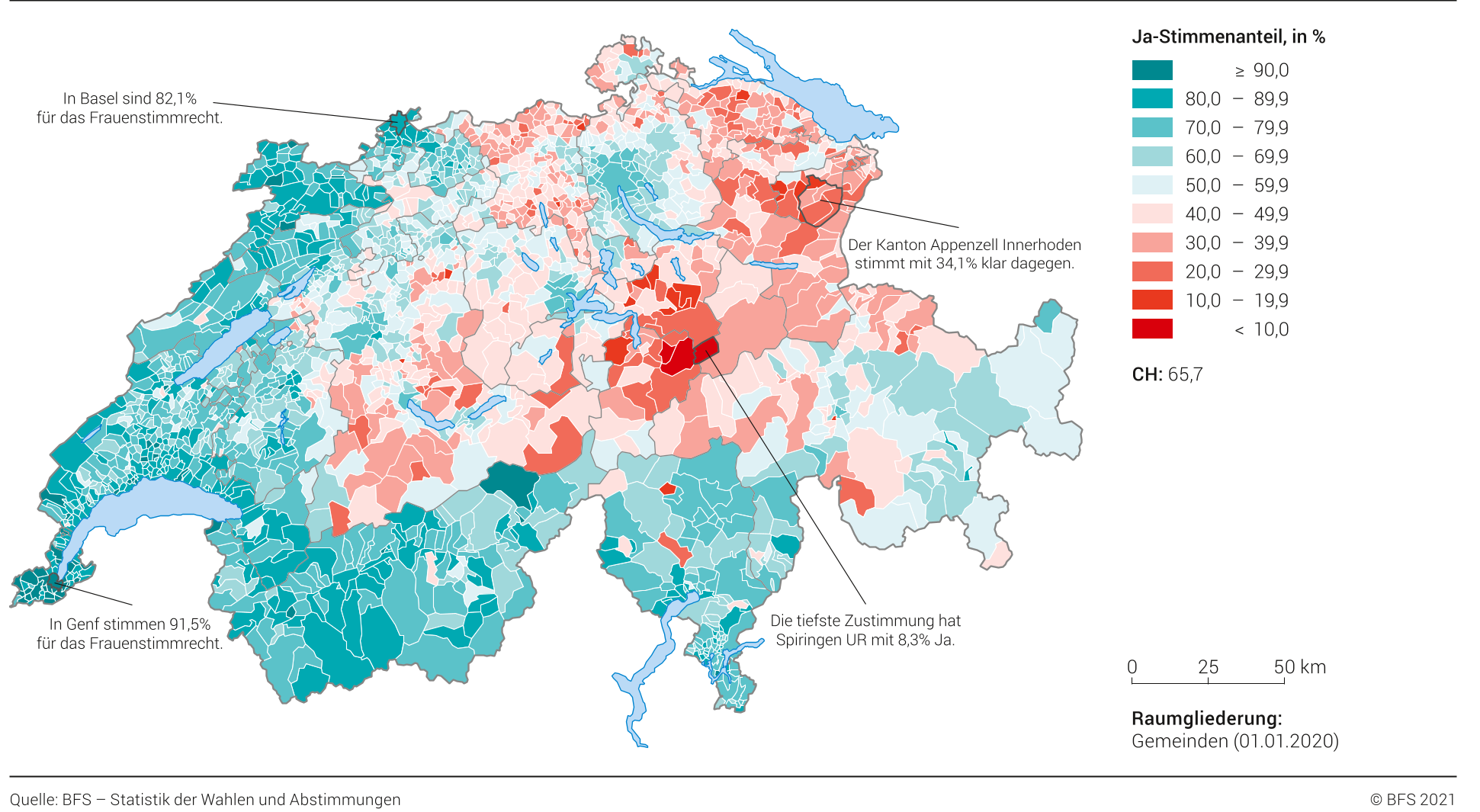
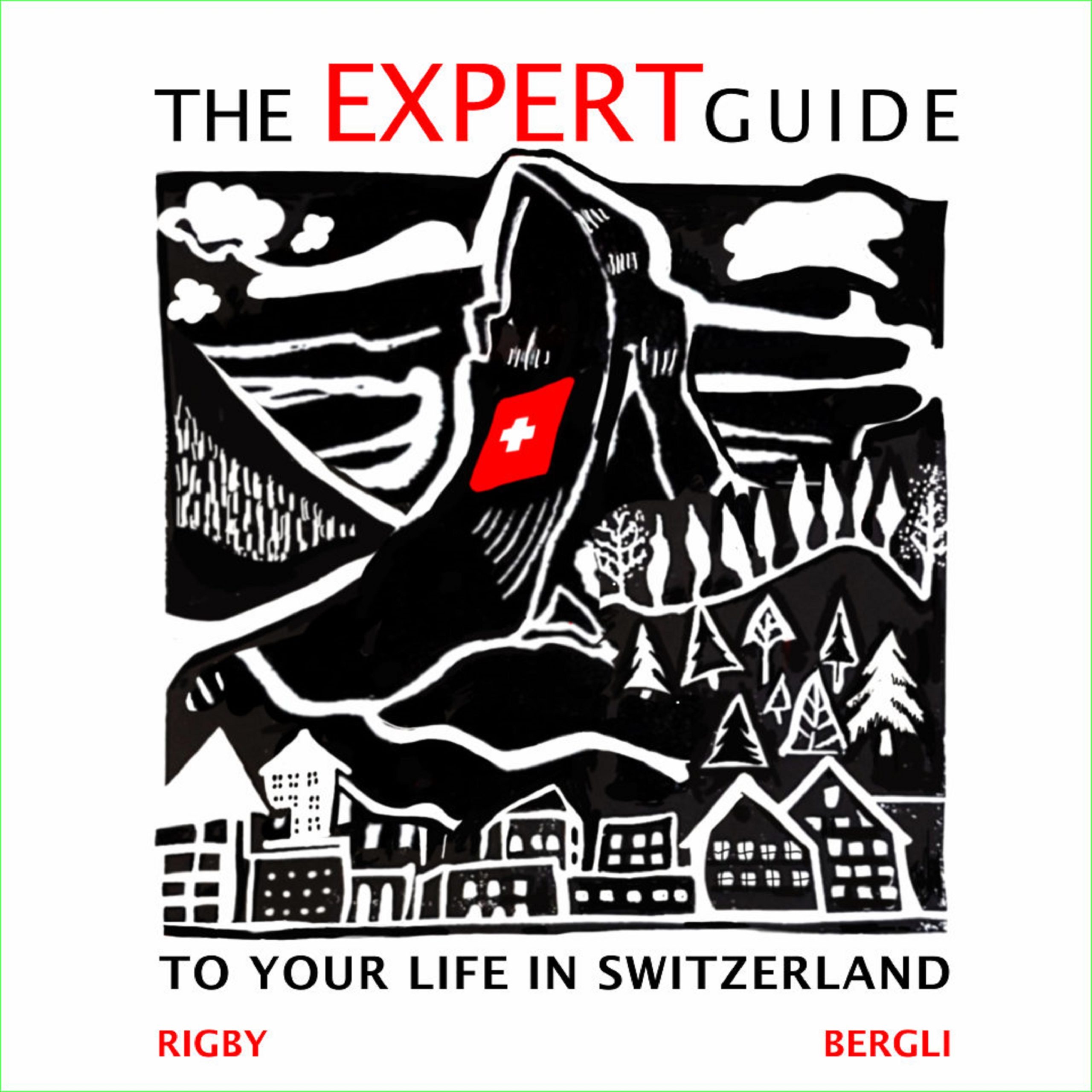
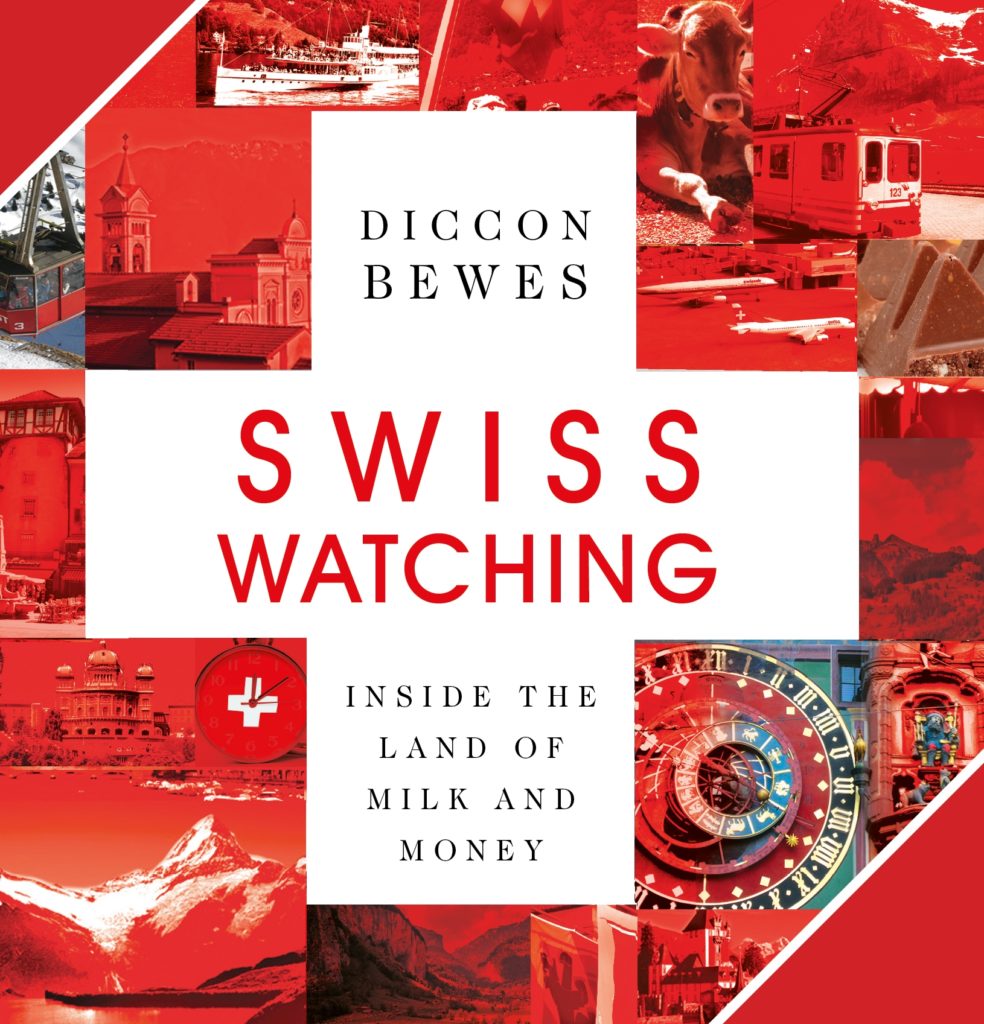
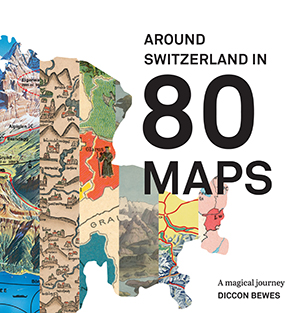
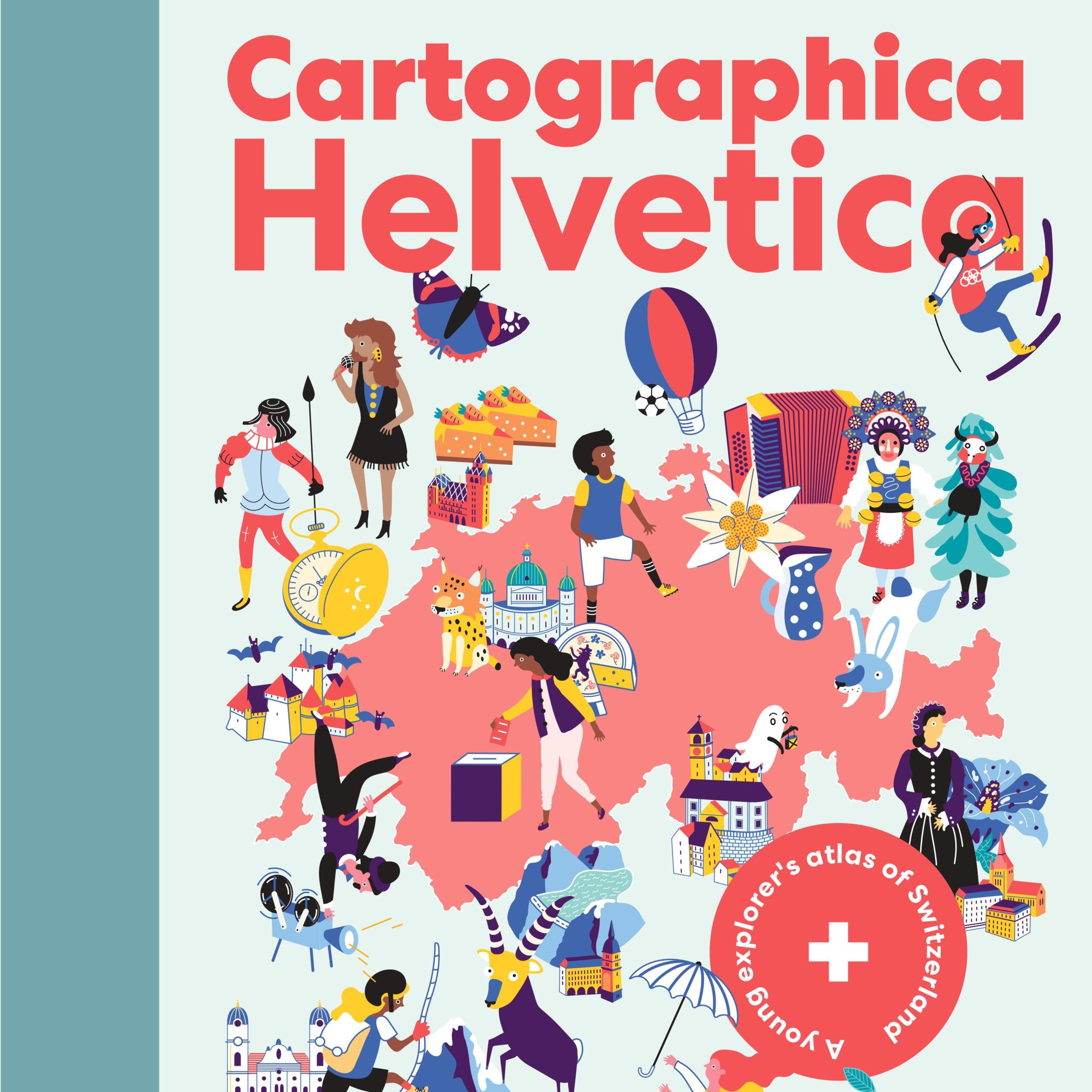
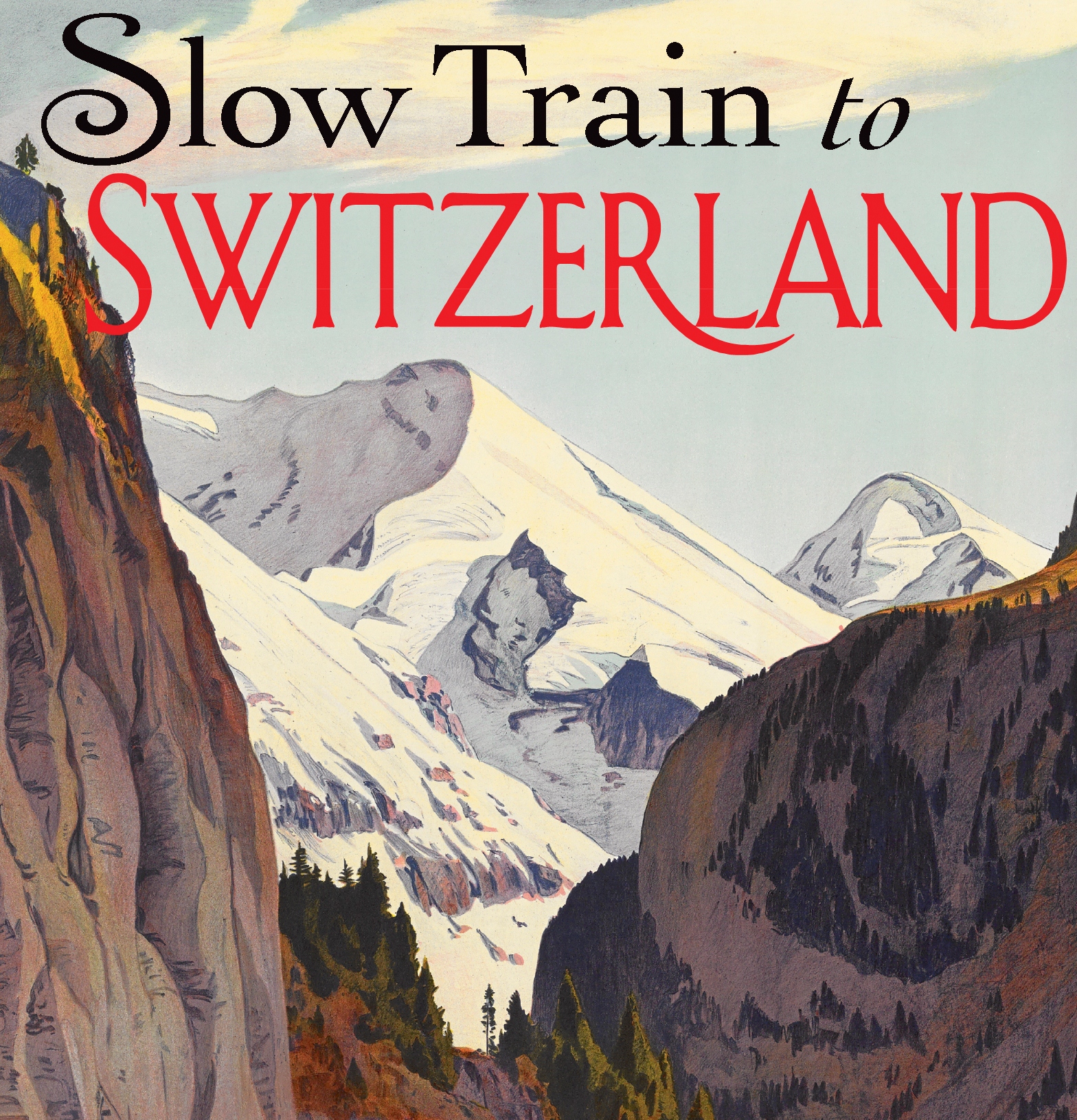

 Follow on Facebook
Follow on Facebook Follow on Twitter
Follow on Twitter Subscribe by RSS
Subscribe by RSS Contact me directly
Contact me directly Global Solutions Inc.
Global Solutions Inc.
2 Comments on "All you need to know about Switzerland: elections"
Trackbacks for this post